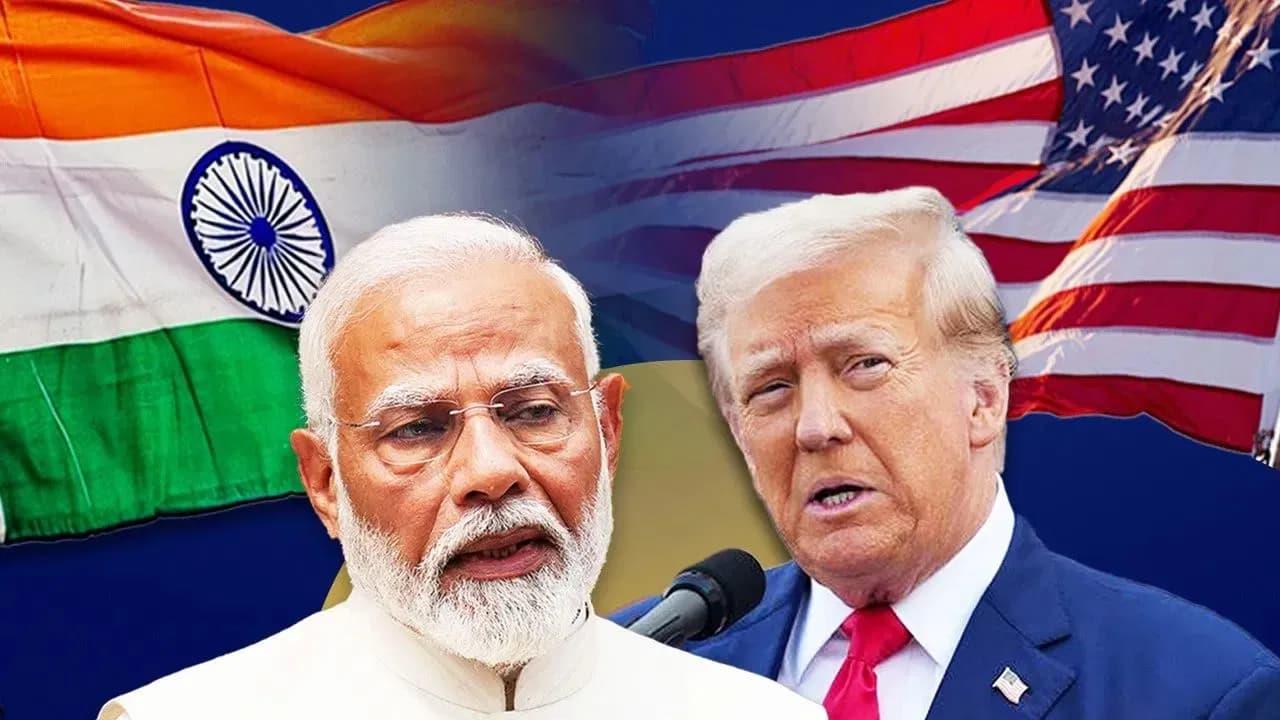In a startling revelation, Major General Kartik C Seshadri, General Officer Commanding (GOC) of the 15th Infantry Division, disclosed that Pakistan targeted the revered Golden Temple in Amritsar, Punjab, using missiles and drones on May 8—just a day after India’s successful execution of Operation Sindoor. According to the senior officer, the Indian Army had already anticipated such retaliatory moves by Pakistan, especially against symbolic military and civilian locations, including religious landmarks.
“Knowing that the Pakistan Army lacks legitimate military targets, we anticipated that they would aim at Indian military installations and civilian infrastructure, including prominent religious sites. Among these, the Golden Temple was likely to be targeted. In response, we deployed advanced air defence systems to provide a comprehensive air defence shield around the area,” Major General Seshadri stated.
He further revealed that Pakistan launched kamikaze drones, along with surface-to-surface and air-to-surface missiles, directly toward the Golden Temple. Thankfully, due to prior intelligence and defence preparedness, the attack did not succeed in causing harm to the holy shrine or surrounding areas.
In response to Pakistan’s aggression, the Indian armed forces conducted targeted strikes on nine strategic locations in Pakistan, including Muridke—close to Lahore and known to house the Lashkar-e-Tayyaba headquarters—and Bahawalpur, the base of Jaish-e-Mohammed (JeM). These precision strikes were carefully executed to avoid hitting any civilian or official military infrastructure. “We intentionally did not target Pakistani military or civilian installations,” the Major General emphasized.
Adding more insight, Colonel Sofiya Qureshi reported that on the night of May 7–8, Pakistan deployed 36 Turkish-made Asisguard Songar drones to attack locations across India’s western border. Meanwhile, Wing Commander Vyomika Singh highlighted a dangerous maneuver by Pakistan during the failed strike: they kept their civil airspace open and allegedly used a civil airliner as a shield, despite being aware that India would respond with defensive aerial action. “This reckless tactic endangered unsuspecting civil airliners, including international flights operating near the India-Pakistan border,” she warned.
These developments underscore the heightened tension following Operation Sindoor and spotlight the Indian Army’s strategic preparedness in safeguarding both its military and civilian heritage from unprovoked attacks.












